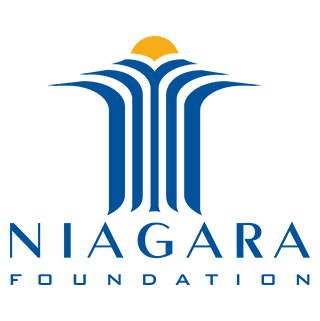The views and opinions expressed on the website are those of the authors and do not necessarily reflect the views or opinions of Niagara Foundation, its staff, other authors, members, partners, or sponsors.
By Suzanne Warshell
Center for Public & Global Affairs Intern
Before I learned to add one plus two, I learned to añadir uno más dos. When I was five, my parents enrolled me in the Dual Language program at my local elementary school. Two-thirds of my day was in Spanish, the rest in English. These proportions adjusted until there was an even 50-50 split by fifth grade. The demographics of the class mirrored the curriculum, with half of my peers coming from Hispanic homes. Our respective cultural identities were never erased, but rather celebrated in tandem. Jewish students brought in latkes for the annual Hanukkah party while Latino families supplied enchiladas for end-of-the-year Cinco de Mayo celebrations. These differences were used to supplement our growth and offered us a community filled with unique perspectives.
Unfortunately, this multitude of perspectives diminished as I progressed in my schooling. While the demographics in my high school remained diverse, most advanced classes largely contained white students. In college, I had begun to return to the more diverse demographics of my childhood but the divides are still evident. Despite this, I still recognize the impact Dual Language has on me daily. The curiosity that defines me as a student has its roots in my youth. Growing up, I was surrounded by Hispanic literature and experienced traditional celebrations from Mexico, Argentina, and beyond. I was constantly reminded that my white perspective was not the only one and was encouraged to challenge norms that said otherwise.
Beyond the personal benefits, my bilingualism has propelled me academically and professionally. My Spanish skills offer me a unique ability to interact with the local Hispanic community in my hometown on a more honest, intimate level. When I interned for my local state representative, I could feel a sense of relief when a Hispanic constituent who struggled with English realized they could communicate their problems to me in their native tongue. Although a small gesture, speaking Spanish with native speakers goes against the grain of a culture which often tries to label English as a given. Furthermore, I believe it was this education and the values and interests it instilled in me that led me to my current academic and professional interests. From the beginning of my education, I learned to explore diverse perspectives on an individual and communal level. Now, the intersections between distinct individuals and communities are at the heart of my interest in political science and international affairs. Exploring these intersections is what led me to the Niagara Foundation this summer, and I hope I will have many similar forums in my future career.
To be clear, I am not a member of the Latino American community and no amount of instruction can ever change that. I will never experience or understand many of its struggles, or know the depths of its varied histories and cultures. As such, there is constantly more to learn and personal misconceptions to deconstruct. Still, thanks to Dual Language, I recognize the potential of engaging with the diverse communities that surround me and constantly seek to know them better.

